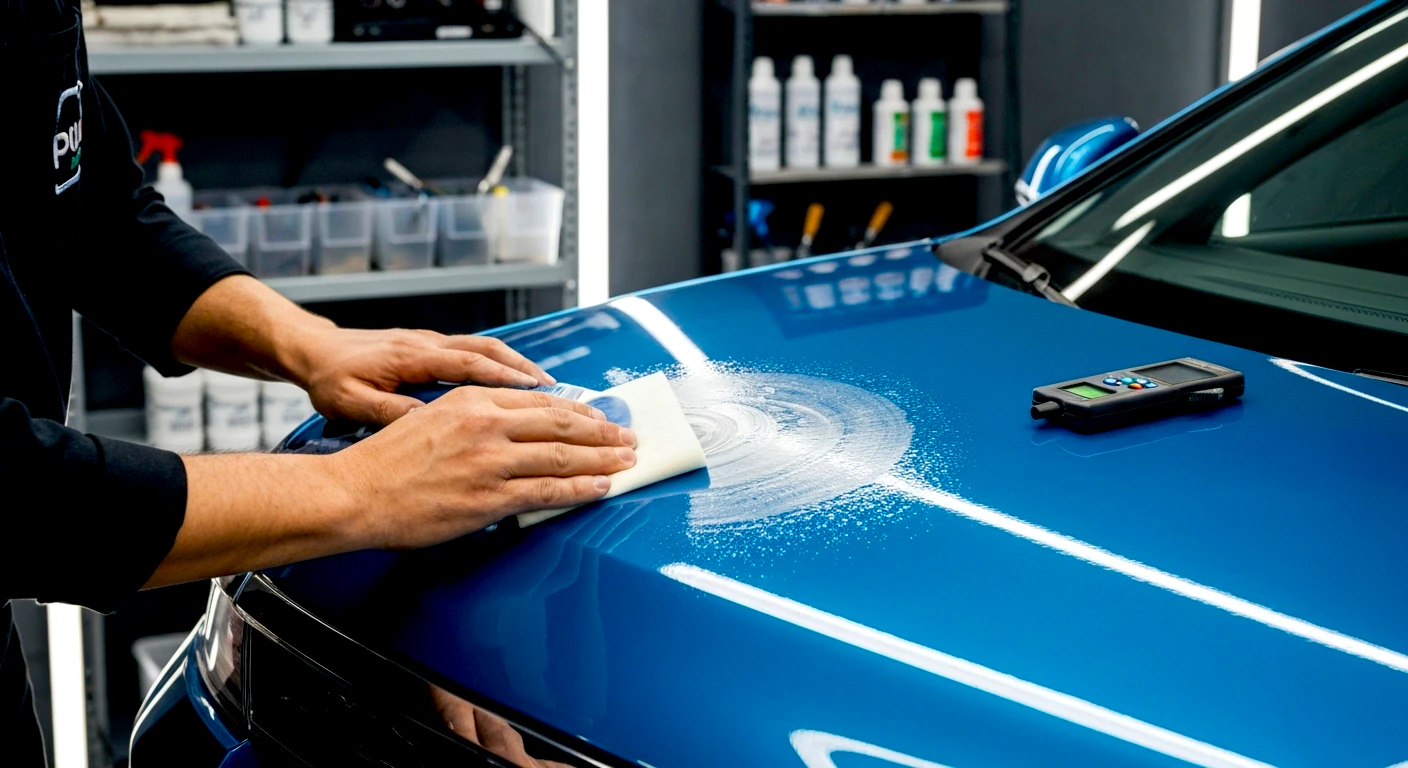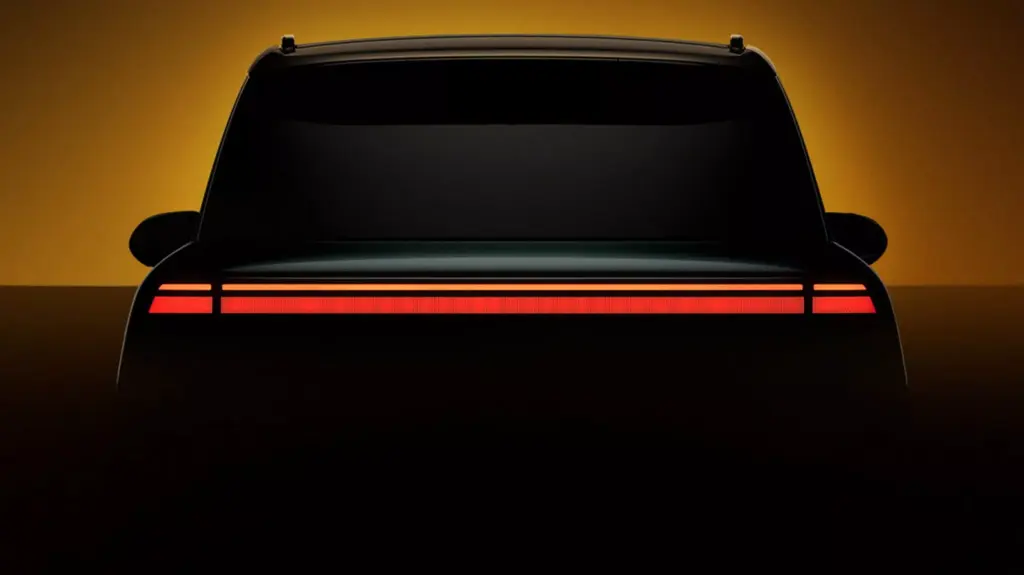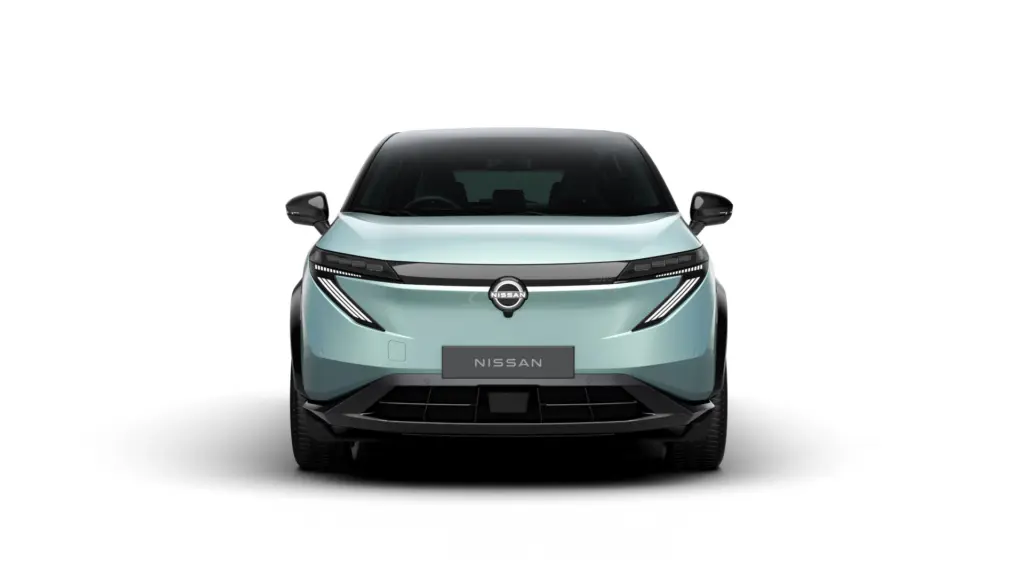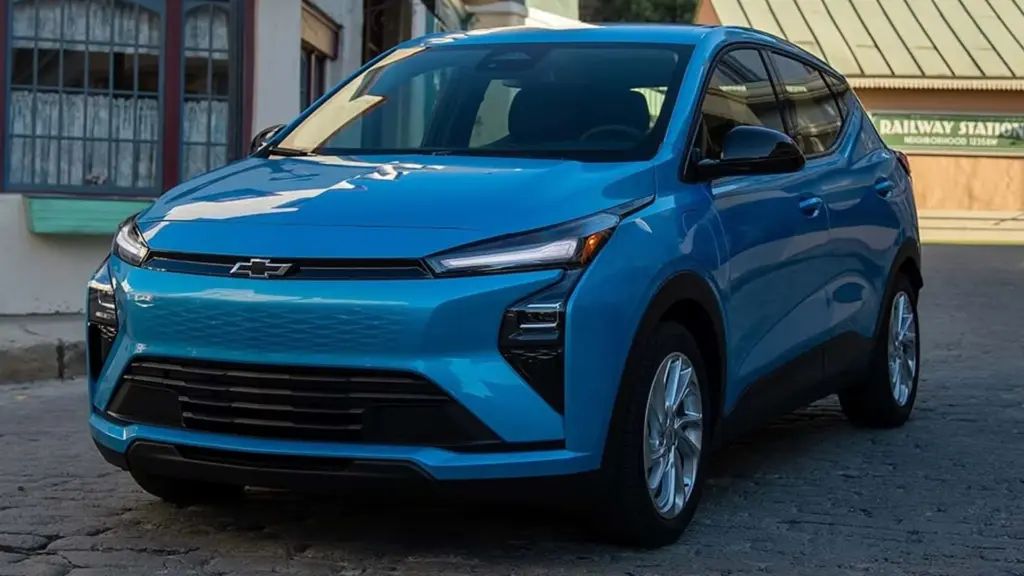Your car’s body is much more than just its ‘skin’; it’s the first visual contact, the guardian of its internal structure, and a crucial factor in preserving its resale value. Each day, it faces both invisible and visible aggressors: UV rays, pollution, acid rain, road debris, and even bird droppings. Without proper care, the original shine fades, the paint degrades, and the investment in your vehicle is compromised.

This guide was prepared by experts to uncover the secrets of effective body maintenance, transforming car care from a tedious task into a pleasant and rewarding ritual. Learn the right techniques and products to ensure your vehicle not only shines like new but also maintains its integrity and value for many, many years.
The Art of Impeccable Washing and Drying
Washing is the cornerstone of any automotive care routine. However, washing done incorrectly can be more harmful than beneficial, creating micro-scratches and water spots that compromise the paint. To avoid this, follow a rigorous method and use the correct products.
Frequency and Ideal Environment for Washing
Keeping the body clean is essential. The ideal frequency ranges from once every one to two weeks, but environments with high concentrations of dust, sea salt (if you live in coastal areas), or pollution require more frequent washing. Remember: the location and time of washing are just as important as the technique. Always try to wash the car in the shade and when the bodywork is cool. Direct sunlight and heat accelerate the drying of products and water, resulting in water marks and spots that require rework.
Step-by-Step for a Safe and Effective Wash:
- Essential Pre-wash: Before any physical contact, use a high-pressure water jet to remove heavy dirt, dust, and abrasive particles. This step prevents debris from scratching the paint during scrubbing.
- Two-Bucket Technique: This is a golden rule in automotive detailing. Have one bucket with the car shampoo and water solution, and another with only clean water to rinse the microfiber wash mitt after cleaning each section of the car. This ensures that removed dirt does not return to the paintwork.
- Proper Products: Forget household detergents, powdered soap, or any product not specific for automobiles. They are alkaline, aggressive, and can corrode the paint’s clear coat. Always opt for pH-neutral automotive shampoos.
- Right Tools: Use soft, high-quality microfiber wash mitts. They are designed to trap dirt and prevent scratches. Have one mitt exclusively for the body panels and another for the lower parts of the vehicle.
- Start from Top to Bottom: Wash the vehicle in sections, starting with the roof, moving down to windows, hood, trunk, and sides. Wash the wheels and tires *first*, using specific brushes and products to prevent heavy dirt and brake dust from contaminating the clean area.
- Gentle, Straight Motions: When scrubbing, use gentle, straight motions, never circular ones. Circular movements can create the dreaded “spider-webbing” on the paint.
- Abundant Rinsing: After soaping a section, rinse it completely with plenty of clean water before moving to the next. This prevents the shampoo from drying on the surface, causing spots.
- Careful Drying: Drying is as important as washing. Use clean, dry, high-absorption microfiber towels. Instead of rubbing, dry with light blotting motions or gently glide the towel over the surface. An air blower can also be an excellent ally to avoid contact and remove water from crevices.

Beyond Cleaning: Protection, Detailing, and Restoration
A truly well-maintained body goes far beyond washing. Proper protection and attention to detail are what guarantee a lasting shine and resistance against the elements.
The Essential Layer of Protection: Waxing
Waxing isn’t just to enhance shine; its primary function is to create a sacrificial protective barrier over the paint’s clear coat. This layer defends the car against UV rays, acid rain, tree sap, bird droppings, and other contaminants that would otherwise directly attack the paint.
Waxing frequency varies from one to three months, depending on the type of wax (liquid, paste, synthetic sealant) and the vehicle’s exposure. Models with advanced paint technologies, such as those seen in high-performance vehicles like the McLaren 750S 2026, may benefit from longer-lasting waxes or even professional ceramic coatings.
“Regular waxing is your car’s invisible armor, prolonging the paint’s lifespan and maintaining that like-new look.”
How to Wax for Maximum Shine and Protection:
- Impeccably Clean and Dry Car: Never wax a dirty or wet car. The surface must be cool and free of any contaminants.
- Application in Small Areas: Apply the wax to small sections (e.g., half the hood, one door). This prevents the product from drying too much before removal, making the process easier and more effective.
- Uniform and Thin Motions: Use a foam applicator to spread a thin, uniform layer of wax, generally in circular or straight motions, as recommended by the manufacturer. Less is more; a thick layer does not improve protection and makes removal difficult.
- Respect the Curing Time: Every wax has a “curing” or drying time. Follow the manufacturer’s instructions. Generally, the wax is ready to be removed when it forms an opaque film dry to the touch.
- Removal and Buffing: Using clean, soft microfiber cloths, remove the wax with gentle motions. Flip the cloth often to always use a clean side, giving the final buff for a mirror-like shine.
Caring for the Details That Make a Difference
Attention to detail elevates your car’s look from “clean” to “impeccable.”
| Component | Recommended Product | Essential Tips |
|---|---|---|
| Glass and Mirrors | Ammonia-free automotive glass cleaner | Apply to the cloth, not directly to the glass. Use two microfiber cloths: one to clean, one to dry. Essential for safe trips and better visibility. |
| Exterior Plastic Parts | Plastic revitalizer (silicone-free) | Moisturizes, restores original color, and protects against UV rays. Avoid silicone, which can make things greasy and attract dust. |
| Chrome Parts | Metal polish or specific chrome wax | Wash with neutral shampoo. Apply polish with a soft cloth for shine and protection against oxidation. |
| Tires | Tire cleaner and conditioner/tire dressing | Clean thoroughly before applying dressing. Choose products that do not dry out the rubber. |
Dealing with Body Enemies: Common Contaminants
Quick action is crucial to prevent permanent damage caused by certain types of dirt.
- Bird Droppings and Tree Sap: Extremely acidic. Remove as quickly as possible. Dampen a cloth with warm water and cover the spot for a few minutes to soften before gently wiping.
- Tar and Asphalt: Splatters are common, especially on the lower part. Use an automotive tar remover or kerosene (very carefully) on a soft cloth, applying only to the affected area and washing the area immediately afterward.
- Insects: After trips, the front of the car is covered in insects. Use specific insect removers before the main wash. They soften the residue, making cleaning easier without aggressive scrubbing.
- Surface Rust: In case of small metallic contamination, use an iron remover that reacts with the particles and removes them chemically, without harming the paint.

Strategies for Lasting Maintenance and Added Value
Caring for your car’s body is a continuous investment that is reflected in the beauty, durability, and market value of your vehicle. Adopting preventive practices daily is as important as the cleaning and protection routines.
Practical Tips for Daily Life:
- Smart Parking: Whenever possible, park in covered areas or in the shade to protect the car from UV rays and rain. Avoid parking under trees, which can drop sap, leaves, and attract birds. Constant exposure, even for vehicles with advanced technology like the Mercedes electric car, can affect aesthetics in the long run.
- Car Covers: They are useful for long periods of inactivity, but be cautious. Frequently putting on and taking off the cover on a paint surface that is not perfectly clean can cause micro-scratches. Choose high-quality, soft covers that allow ventilation.
- Quick Repairs: Small nicks and scratches, even if superficial, should be addressed as soon as possible. They can expose the bodywork to moisture, initiating oxidation processes. Touch-up kits or professional polishing can solve this.
- Regular Inspection: Perform a quick visual inspection of the bodywork after every wash. Look for small spots of tar, bird droppings, or stains that require immediate attention.
- Beware of Automatic Car Washes: Quick automatic washes, especially those with nylon brushes, can cause numerous scratches on the paint. Prioritize manual washing or no-contact wash systems.
- Advanced Protection Coatings: For even more robust and long-lasting protection, consider professional services like paint sealing (application of a ceramic coating) or crystallization. These treatments create a hard protective layer over the paint, significantly increasing resistance to scratches, chemicals, and facilitating cleaning. Paint durability is a key factor in preserving your vehicle’s value, just as engine maintenance is vital, as discussed in Wrong Oil in the Car Engine: What Are the Consequences and Unexpected Costs?.
Keeping your car’s body in “like-new” condition is a commitment, but the aesthetic and financial benefits are undeniable. With dedication and the right techniques, you will not only enjoy a perpetually impeccable vehicle but also protect your investment against the wear and tear of time and use. Whether it’s a collectible classic like a Volkswagen Passat B2 or a modern high-performance car like the Ford Mustang GTD 2025, attention to the bodywork is one of the pillars for longevity and appreciation. Invest in this care, and your car will reward you with shine and resilience for many years.


Author: Fabio Isidoro
Founder and editor-in-chief of Canal Carro, he dedicates himself to exploring the automotive universe with depth and passion. A car and technology enthusiast, he produces technical content and in-depth analyses of national and international vehicles, combining quality information with a critical eye for the public.








